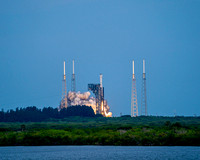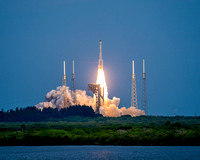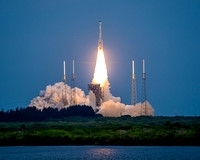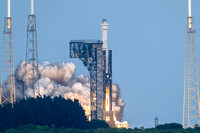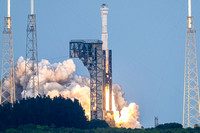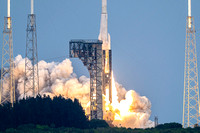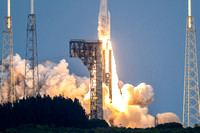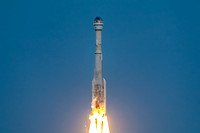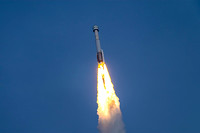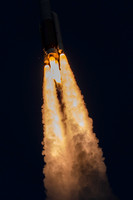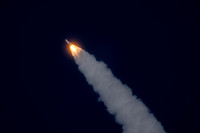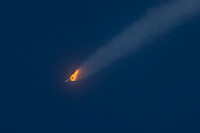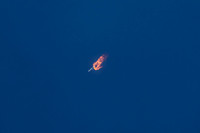Excerpts from spaceflightnow.com... At the end of a smooth countdown, ULA’s Atlas 5 launcher ignited its Russian-made RD-180 main engine and two strap-on solid rocket boosters to climb away from pad 41 at Cape Canaveral Space Force Station at 6:54:47 p.m. EDT (2254:47 GMT).
The Atlas 5 steered northeast from Cape Canaveral to line up with the space station’s orbital plane. The RD-180 engine and twin booster rockets generated 1.6 million pounds of thrust, powering the Atlas 5 through a thin layer of high clouds.
The boosters burned out and jettisoned from the Atlas 5 core stage less than two-and-a-half minutes into the flight, then the RD-180 engine throttled down to limit g-loads on the Starliner spacecraft, a change to the Atlas 5’s flight profile to make for a more comfortable ride for astronauts.
The kerosene-fueled main engine shut off four-and-a-half minutes into the flight, and two hydrogen-burning RL10 engines lit on the Centaur upper stage for a seven-minute firing. The vehicle also shed a cover that protected the nose of the Starliner spacecraft during the climb through the atmosphere, and released an aerodynamic skirt under the capsule.
The Centaur stage shut down its engines 12 minutes into the flight, and the Starliner spacecraft deployed from the rocket nearly 15 minutes after liftoff. Starliner then primed its propulsion system for the orbit injection burn, and flight controllers at the Johnson Space Center in Houston took over the mission.
Full story
here.


